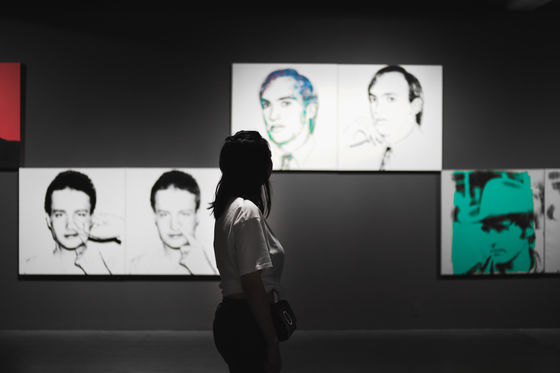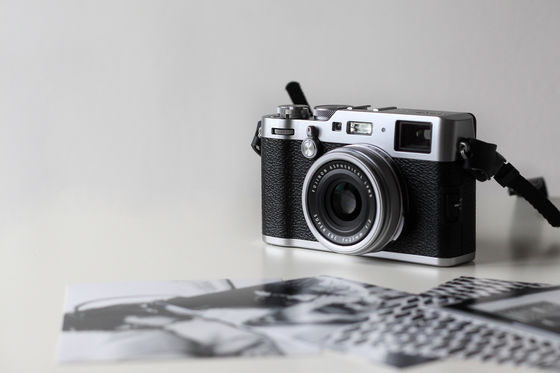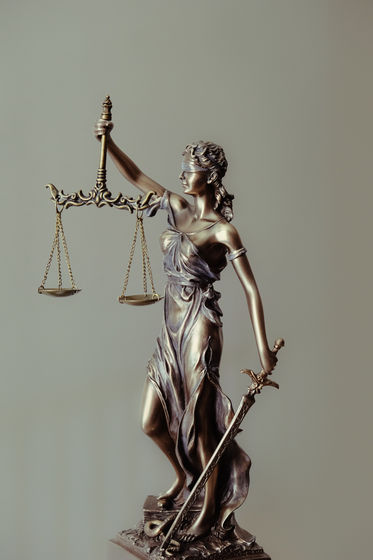Supreme Court rules that Andy Warhol's Prince series is copyright infringement

21-869 Andy Warhol Foundation for Visual Arts, Inc. v. Goldsmith (05/18/2023) - 21-869_87ad.pdf
(PDF file) https://www.supremecourt.gov/opinions/22pdf/21-869_87ad.pdf

Supreme Court Rules Andy Warhol's Prince Art is Copyright Infringement | PetaPixel
https://petapixel.com/2023/05/18/supreme-court-rules-andy-warhols-prince-art-is-copyright-infringement/

On May 18, 2023, local time, the U.S. Supreme Court ruled that Warhol's Prince series, including Orange Prince, is a copyright infringement.
???? The Supreme Court has ruled against the Andy Warhol Foundation and in favor of photographer Lynn Goldsmith for the use of her 1981 photograph of Prince.
— Ariel Givner, Esq. (@GivnerAriel) May 18, 2023
Why? “Lynn Goldsmith's original works… are entitled to copyright protection, even against famous artists.” pic.twitter.com/GoWMTv4Hxl
Orange Prince is a work of art created by Warhol in 1984 based on Lynn Goldsmith's portrait of the artist Prince .
The Orange Prince was commissioned by Warhol from Condé Nast Publications to be used on the cover of the American fashion magazine Vanity Fair . Vanity Fair acquires rights from Goldsmiths agency to use portrait photography as an 'artistic reference'. Warhol created Orange Prince by cutting out Prince's face from a photograph and silkscreening the head in vivid colors.
Warhol's Orange Prince was featured on the cover of the November 1984 issue of Vanity Fair. At this time, Goldsmith acknowledged the publication of Orange Prince, and it seems that Goldsmith's name was also credited at the time of publication.
Warhol then created 15 more pieces of art based on Goldsmith's portraits. This became known as the Prince Series. This Prince series was not commissioned by Goldsmiths, Vanity Fair, Condé Nast Publications or Prince.

After Warhol's death in 2016, Condé Nast Publications published a commemorative magazine featuring the Prince series on the cover. Although the name of the Andy Warhol Foundation, which manages Warhol's legacy, was credited in this commemorative magazine, it seems that the name of Goldsmith was not credited. Goldsmith also claims that it was at this time that he learned for the first time that Warhol had created various variations of the Prince series in addition to the Orange Prince.
Goldsmith sued the Andy Warhol Foundation, which manages the work, believing that the Prince series had infringed on the copyright of his portrait photography. The legal battle over the Prince series tangled up to the Supreme Court, and finally the Supreme Court's ruling was given on May 18th. The ruling is that 'the Prince series infringes copyright,' and Goldsmith's claim is accepted.
In terms of copyright, when an artist creates a work using someone else's copyrighted work, by adding new meanings and messages that do not exist in the original work, it creates a completely new creation. If there is, it is recognized as being within the category of
But Supreme Court Justice Sonia Sotomayor ruled that the use of Goldsmith's portrait photograph in Warhol's Prince series 'is not transformative enough to qualify as fair use.' .

The Supreme Court's argument is as follows.
'The 'purpose and nature' of the use of Goldsmith's portrait photograph in the Andy Warhol Foundation's commercial licensing of Orange Prince to Condé Nast Publications is the Andy Warhol Foundation's fair use defense to copyright infringement. I will not support the
'The Andy Warhol Foundation believes that the work in the Prince series is 'transformative' and conveys a different meaning and message than Goldsmith's portrait photography, so the fair use doctrine favors the Andy Warhol Foundation.' But the fair use doctrine focuses on whether the allegedly infringing use has a further purpose or a different character: it's a matter of degree, degree of difference must be weighed against other considerations such as commercialism.'
'New expressions, meanings, and messages may be relevant to whether the reproduction use has a sufficiently definite purpose or character, but before that, it is not the primary decisive factor. The specific use of Goldsmith's allegedly infringing art in this case is the Andy Warhol Foundation's licensing of Orange Prince to Condé Nast Publications, a magazine article about Prince. and has been used to depict Prince, and whether the original photograph or the Andy Warhol Foundation artwork serves virtually the same purpose.'
'The Andy Warhol Foundation's use of The Orange Prince is of a commercial nature, and even though the Orange Prince has added new expressions to Goldsmith's photograph, the context of the use in question is , will still be in favor of Goldsmith.'

Both
He added that the ruling is likely to have far-reaching implications for all intellectual property fields, not just the showbiz industry, noting that 'copyright practitioners are questioning what 'transformation' really means in terms of fair use.' We have asked for clarification.' 'The Andy Warhol Foundation apparently wanted to say that any use that adds new message, meaning or expression to the underlying work is 'transformation,' but the court said otherwise. At this stage, other factors also need to be considered,' Madry said.

Prince's official Twitter account also commented on the ruling, saying, 'Prince was the subject of a high-profile Supreme Court ruling today. Confirmed Goldsmith's claim,' he tweeted.
Prince was the subject of a high-profile Supreme Court ruling today. The court sided with photographer Lynn Goldsmith, who took an iconic portrait of Prince in 1981 that Andy Warhol then used to create his own images of Prince in 1984.
—Prince (@prince) May 18, 2023
“Lynn Goldsmith's original works, like… pic.twitter.com/HwL5kxUC3V
Related Posts:







